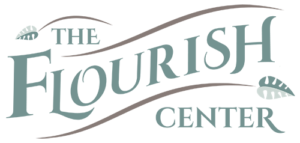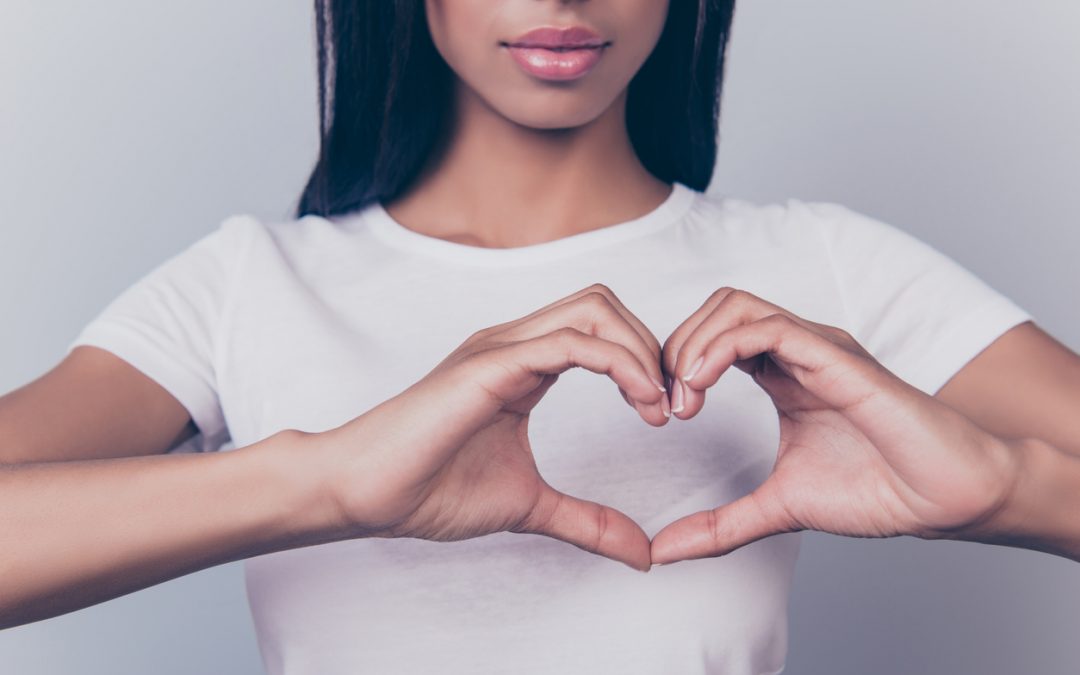While we can’t change what are called non-modifiable risk factors for breast health issues, we can change the modifiable ones. Non-modifiable risk factors are such things as family history, being born with breasts, and your age. Modifiable risk factors are the things we’re going to talk about today. And, this post is for everyone, as 1% of breast cancer occurs in males.
#1: Know Thy Own Breasts
Be familiar with what your “normal” is for your own breasts. Some women have more lumpy, bumpy breasts while others have smoother breast tissue. Knowing your own breasts when things are normal can be an important way to know when things are not normal.
There’s been some debate over the past several years about whether monthly breast self-exams make a difference in early breast cancer detection or not. My view on this and all things health is that we need to be empowered in our own bodies and our own health. I believe that knowing your normal breast tissue can help you be a proactive member of your own health team.
#2: Phluff the Girls
I love this movement! “Phluffing” is a self-breast care technique invented by a nurse, Cheryl Chapman. You can read her brochure here. Basically, phluffing is a gentle, easy movement given to the breasts twice daily. You bend over without your bra on and literally fluff the tissue.
“Breasts are the least touched part of a woman’s body. The body’s immune system circulates lymph fluid to destroy cancer cells, viruses, bacteria, microorganisms, toxins, and waste material. When this lymph fluid is restricted, as with a bra, the lymph cannot circulate freely in the breast. Daily Phluffing softens the breast and increases awareness of changes in the breast tissue.”- Cheryl Chapman
#3: Breast Massage
You can go one step further from phluffing to regular breast massage. For the same reasons as above, it can be helpful to move out the toxins and keep the lymph fluid moving. Here’s a lovely video from the Breast Health Project to show you how to massage your own breasts.
You can also add breast oil or balm to your massage. There are many wonderful ones on the market right now from local and national sources. They include herbs and oils to enhance the effects of your massage.
#4: Ditch the Bra
You had to know this was coming after reading everything so far. Take off your bra whenever possible and let your breasts hang loose. If you need a bra for extra support, wear the least-restrictive bra possible. Underwires and lots of padding restrict the lymph flow every further.
Your breasts are naturally inclined to hang lower over the years. It’s normal.
#5: Omit or Limit Alcohol
I hate to be the bearer of bad news and I am committed to being a bearer of truth. That wine you think is providing you all those antioxidants actually carries with it a risk of breast cancer. According to breastcancer.org, women who drink 3 drinks per week are at a 15% greater chance of acquiring breast cancer than women who don’t drink alcohol. And, your risk goes up another 10% with every additional drink you consume each day.
I’m not sure about all the reasons why the truths of alcohol are basically hidden from society. I’m doing some major research about this currently, so there’s more to come on that. Just know that it seems like alcohol is like most things these days, profit is more important than people.
#6: Stop Smoking
While the risks of alcohol are not widely discussed, the risks of smoking are widely known and they’re true for breast health as well. Smoking can increase your risk of breast cancer and the studies seem to be pointing to the fact that smoking is a major cause of breast cancer in younger and premenopausal women.
#7: Eat Your Colors
I’ve said it before and I’ll say it over and over again. Eating a colorful “rainbow” diet will ensure you get plenty of foods full of antioxidants. Antioxidants help to remove free radicals (toxins) from your blood and cells. Eating a vibrantly colorful diet gives you a great chance to avoid health issues and keep your breasts healthy.
#8: Know the Emotions Behind Breast Issues
Because I treat the whole person, I always look to any emotional causes of physical issues. The great late Louise Hay spent her career as a counselor and spiritual advisor observing the underlying emotions behind physical symptoms. In her book (one of my personal favorites), “You Can Heal Your Life”, Louise Hay details a list of what she observed.
Here’s what she says about breasts:
Breasts: Represent mothering and nurturing and nourishment.
Breast cysts/lumps: A refusal to nourish the self. Putting everyone else first. Over mothering. Overprotection. Overbearing attitudes.
If you think about the people you’ve known in your life who have had breast cancer, are they the ones who take care of everyone else before they take care of themselves? I find this oddly true.
This means we all have to put ourselves first once in awhile. It’s part of our holistic wellness plan.
Now, to be clear. This is not an exhaustive list, nor do any of these suggestions guarantee you won’t be affected by breast concerns. We live in a toxic and stressful world and we’re still working to understand the causes of diseases.
At the same time, all of these suggestions COULD help, so why not try them.?
Your breasts are an important part of your overall well-being and they aren’t given much attention in our culture. See what happens if you give them even a few minutes of attention this week. I’d love to hear what you observe….
Please comment below with any thoughts or questions and share this post with your friends.
If I can help you with your breast health in any way, I’m currently accepting new patients in my Integrative Primary Care practice.


Mammograms or not?
Hi Marilyn. Thanks for this great question! This is a tricky one. I would definitely discuss it with your own healthcare provider. Currently, I’m still recommending mammograms at least every two years. There are some differences in the guidelines. The American Cancer Society recommends yearly screening for ages 45-54 and then every two years after 55. Other agencies say it’s okay to do every 2 years. Another option is thermograms. While these are not currently recommended by the main organizations, I think there’s some real value in thermography.
Hello. Is there a massage technique that may help stretch marks on the breast caused when breast became engorged between breast feedings.
Hi Tristen. Thanks for your question. I would definitely try breast oil or balm. I don’t know of any massage for stretch marks. You might also consider reframing your thoughts about the stretch marks. I consider all the stretch marks from pregnancy and breastfeeding as rites of passage. I earned those! 🙂